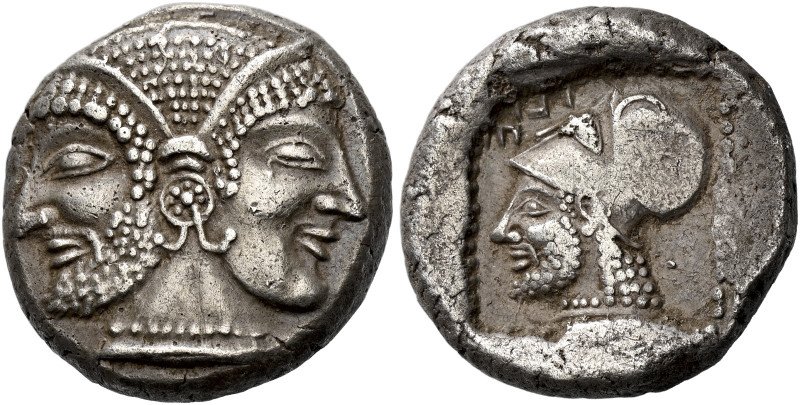
Greek Coin Values
Greek Coin Values: A Collector’s Guide to Pricing Ancient Currency There’s a moment every coin collector remembers — holding that first ancient Greek coin in their…
Read article
Greek Coin Values: A Collector’s Guide to Pricing Ancient Currency There’s a moment every coin collector remembers — holding that first ancient Greek coin in their…
Read article
Greek Coins Value: A Collector’s Guide Through Art, History, and Treasure Why Ancient Greek Coins Still Capture Hearts The first time I held an Athenian owl…
Read article
Earliest Greek Silver Coinage: Origins, Types, and Collector Insights Earliest Greek silver coinage? Have you ever picked up an ancient Greek coin and wondered where it…
Read article
What Are the Rarest Ancient Greek Coins Ever Discovered? The rarest ancient Greek coins aren’t just valuable—they’re historical treasures that reveal the artistry, politics, and mythology…
Read article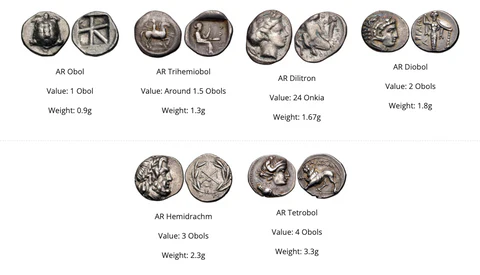
Greek Coins: A Collector’s Journey Through History When I first held an Athenian tetradrachm, I wasn’t just holding a piece of silver—I was holding a piece…
Read article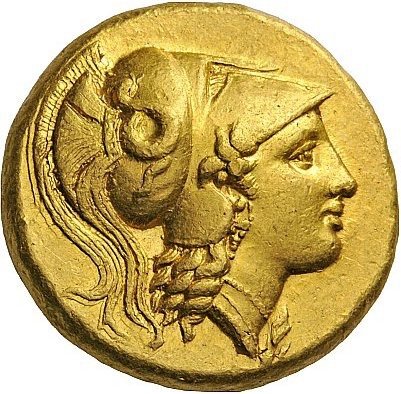
How to Learn Ancient Greek Coins A Collector’s Guide to Reading History in Silver and Bronze Why These Coins Still Speak Today If you’ve ever held…
Read article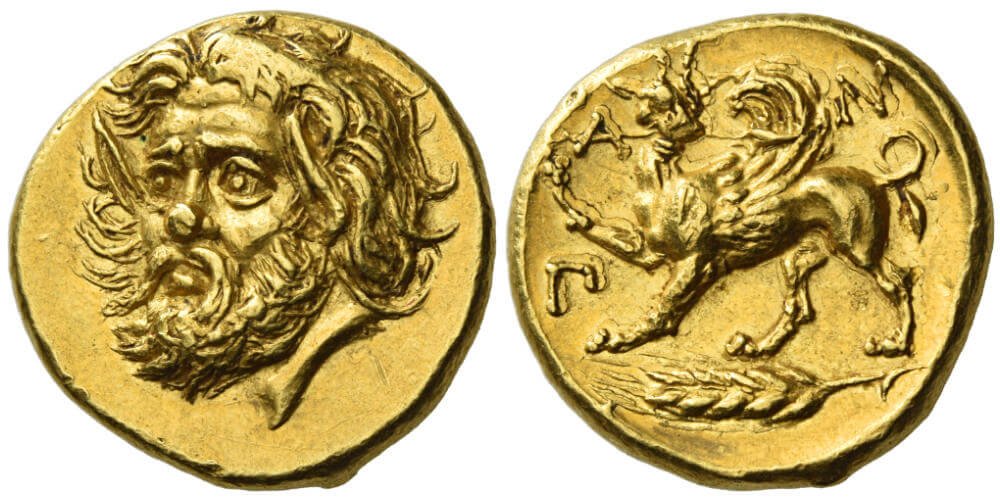
Introduction to Famous Ancient Greek Coins Famous ancient Greek coins are invaluable relics that offer a glimpse into the rich cultural, artistic, and economic history of…
Read article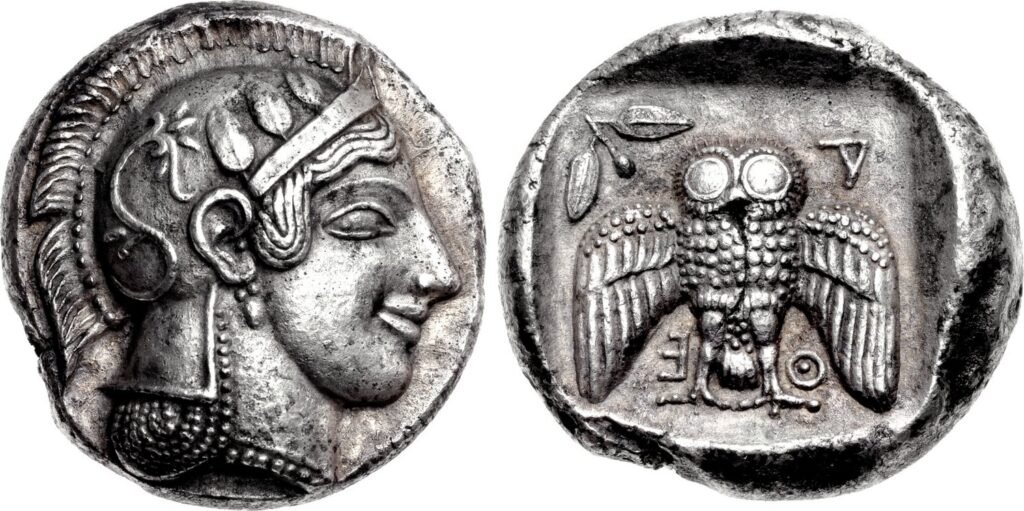
Ancient Greek Coin: Art, History, and Power in Your Palm There’s a kind of magic in holding an ancient Greek coin. It’s not just a lump…
Read article
Why Identifying Ancient Greek Coins Is So Addictive Are you looking of how to identifying ancient Greek coins? Well, here you gonna find out the answer.…
Read article
Greek Coins: A Collector’s Guide to the Ancient World’s Most Beautiful Currency There’s something magical about ancient Greek coins. Maybe it’s the artistry. Maybe it’s the…
Read article